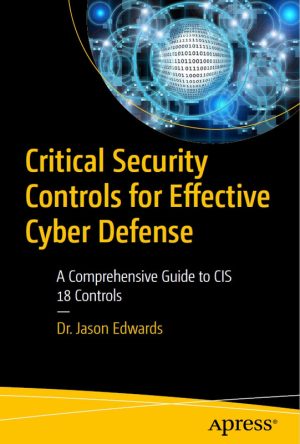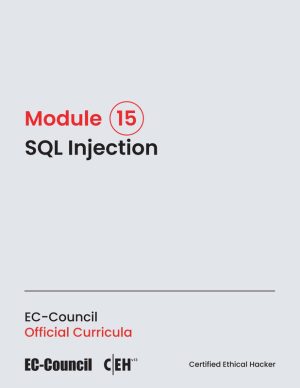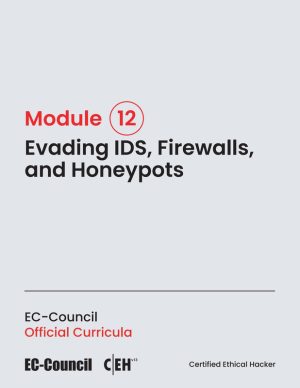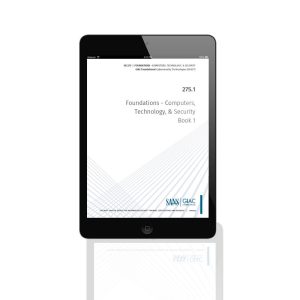Description
Security Technologies Course Pack – Comprehensive Security Training
Security Technologies Course Pack is your complete learning bundle designed to help you master modern cybersecurity, defensive strategies, and enterprise-level protection systems. This introduction also serves as your meta description, featuring the focus keyphrase right in the first sentence for maximum SEO performance.
Course Overview
The Security Technologies Course Pack combines essential security frameworks, practical tools, and advanced methodologies used by IT professionals to protect networks, systems, applications, and data. Whether you are a beginner stepping into cybersecurity or an experienced engineer upgrading your skills, this course pack provides structured, real-world knowledge used across global organizations.
This pack covers security fundamentals, threat analysis, cloud security, identity management, vulnerability management, intrusion detection, SIEM technologies, network defense, endpoint protection, and automation-driven security workflows. With industry examples, hands-on scenarios, and step-by-step demonstrations, you will gain the confidence to design, implement, and maintain modern defense systems effectively.
What You Will Learn
- Core principles of modern cybersecurity and security architecture.
- Advanced network security and enterprise-level defense mechanisms.
- Threat intelligence, vulnerability scanning, and incident response strategies.
- Cloud, hybrid, and multi-platform security best practices.
- Identity and Access Management (IAM) and Zero Trust frameworks.
- Security automation, SIEM, SOAR, and log analysis techniques.
Explore These Valuable Resources
Explore Related Courses
- Cybersecurity Essentials
- Network Security Training
- Cloud Security
- Ethical Hacking
- SIEM & Log Analysis Guides
Who Should Enroll?
This pack is ideal for IT professionals, cybersecurity students, SOC analysts, network engineers, cloud administrators, and anyone preparing for security certifications. It’s also perfect for teams seeking cost-effective corporate security training.
Why This Course Pack Stands Out
Unlike scattered tutorials or outdated material, this comprehensive course pack offers structured progression, real-world cybersecurity tools, and practical demonstrations designed to help you implement defense strategies immediately in real environments. Each module is carefully curated to align with industry standards and modern threat landscapes.
Final Takeaway
The Security Technologies Course Pack empowers you with end-to-end security knowledge that enhances your career, strengthens your technical foundation, and prepares you for the evolving world of cybersecurity.
Start learning today and secure your future in the security field!























Reviews
There are no reviews yet.